Reducing RAM usage improves your computer’s performance by closing unnecessary programs, managing startup applications, using lightweight software, and checking for malware. Implementing these tips can ensure your system runs smoothly and efficiently.
This guide will help you understand how to reduce RAM usage effectively.
Understanding RAM Usage:
What is RAM?
Random Access Memory (RAM) is a crucial component of your computer. It temporarily stores data that your CPU needs to access quickly, improving the speed and responsiveness of your system.
Why Does RAM Usage Matter?

High RAM usage can lead to system slowdowns, crashes, and other performance issues. Effective RAM management ensures your computer runs smoothly and efficiently.
Benefits of Reducing RAM Usage:
- Improved Performance: Lower RAM usage can lead to a faster and more responsive computer.
- Extended Lifespan: Reducing strain on your RAM can help extend the lifespan of your hardware.
- Enhanced Multitasking: Freeing up RAM allows you to run more applications simultaneously without slowing down your system.
Tips to Lower RAM Usage:
- Close Unnecessary Programs One of the simplest ways to reduce RAM usage is to close programs you are not currently using. Background applications can consume significant amounts of memory.
- Windows: Open Task Manager (Ctrl + Shift + Esc), go to the “Processes” tab, and end tasks that are not needed.
- Mac: Open Activity Monitor, select unnecessary processes, and click the “Quit Process” button.
- Manage Startup Programs Many applications start automatically when you boot your computer, consuming RAM right from the start. Disable unnecessary startup programs to free up memory.
- Windows: Open Task Manager (Ctrl + Shift + Esc), go to the “Startup” tab, and disable unnecessary programs by right-clicking and selecting “Disable.”
- Mac: Go to System Preferences > Users & Groups > Login Items, select the items you want to remove, and click the minus (-) button.
- Use Lightweight Applications Opt for lightweight alternatives to memory-hungry applications. For example, use a text editor instead of a word processor for simple tasks, or a lightweight web browser for everyday browsing.
- Text Editor: Notepad++ (Windows), TextEdit (Mac)
- Web Browser: Mozilla Firefox, Opera
- Increase Virtual Memory Virtual memory acts as an extension of your physical RAM. Increasing the size of your virtual memory can help manage high RAM usage.
- Windows: Go to Control Panel > System and Security > System > Advanced system settings > Performance settings > Advanced tab > Virtual memory, and adjust the settings.
- Mac: MacOS manages virtual memory automatically, but ensuring you have enough free disk space can help.
- Use a RAM Cleaner RAM cleaner software can help free up memory by closing unnecessary background processes and optimizing RAM usage.
- Popular RAM cleaners: CleanMem, RAMRush (Windows), Memory Clean, CleanMyMac (Mac)
- Check for Malware Malware can consume significant amounts of memory, slowing down your system. Regularly scan your computer for malware and remove any threats.
- Recommended anti-malware software: Malwarebytes, Windows Defender (Windows), Malwarebytes for Mac, Bitdefender (Mac)
- Reduce Browser Tabs and Extensions: Web browsers can use a lot of memory, especially with multiple open tabs and extensions. Close unused tabs and disable unnecessary extensions.
- Google Chrome: Use the Task Manager (Shift + Esc) to see which tabs and extensions are using the most memory. Close tabs and disable extensions as needed.
- Mozilla Firefox: Go to the “about
” page to manage extensions and the “about
” page to see tab performance.
- Upgrade Your RAM: If you frequently run out of memory, consider upgrading your RAM. Adding more RAM can significantly improve your computer’s performance.
- How to upgrade RAM?
- Check your computer’s specifications to determine the type of RAM it supports.
- Purchase compatible RAM modules.
- Follow your computer’s manual for instructions on how to install the new RAM.
- After installation, check your system settings to ensure the new RAM is recognized and functioning properly.
Monitoring RAM Usage:
Regularly monitor your RAM usage to identify memory-hungry applications and processes.
- Windows: Open Task Manager (Ctrl + Shift + Esc) and go to the “Performance” tab.
- Mac: Open Activity Monitor from Applications > Utilities and go to the “Memory” tab.
Also Read: Is 16 Gigabytes Of Ram Good – A Detailed Guide!
Advanced Tips for Reducing RAM Usage:
- Adjust System Settings Tweaking certain system settings can help reduce RAM usage. For example, you can adjust the visual effects on Windows to prioritize performance over appearance.
- How to adjust system settings on Windows: Open Control Panel > System and Security > System > Advanced system settings > Performance settings. Choose “Adjust for best performance” or manually adjust the settings.
- Use ReadyBoost (Windows) ReadyBoost is a feature in Windows that allows you to use a USB flash drive to improve system performance.
- How to use ReadyBoost: Insert a USB flash drive into your computer > Open File Explorer and right-click the USB drive > Select “Properties” > Go to the “ReadyBoost” tab and follow the prompts.
- Optimize Page File (Windows) The page file is a portion of your hard drive that Windows uses as additional RAM. Optimizing the page file can help improve system performance.
- How to optimize the page file: Open Control Panel > System and Security > System > Advanced system settings > Performance settings > Advanced tab > Virtual memory > Set the page file size according to your needs (usually 1.5 times the size of your physical RAM).
- Disable Windows Search Indexing (Windows) Disabling Windows search indexing can reduce RAM usage, especially on systems with limited memory.
- How to disable Windows search indexing: Open Control Panel > Administrative Tools > Services > Find “Windows Search” in the list and double-click it > Set the Startup type to “Disabled” and click “Stop” to halt the service.
- Free Up Disk Space Having enough free disk space can help with virtual memory management and overall system performance.
- Windows: Use Disk Cleanup to remove temporary files, system caches, and other unnecessary data.
- Mac: Use the “Storage Management” feature to find and remove large files, apps, and other space-hogging items.
FAQ’s:
1. What is RAM and why is it important?
RAM (Random Access Memory) temporarily stores data for quick access by the CPU, improving your computer’s speed and responsiveness. Managing RAM usage is crucial for maintaining optimal performance.
2. How can I close unnecessary programs to reduce RAM usage?
On Windows, open Task Manager (Ctrl + Shift + Esc), go to the “Processes” tab, and end tasks that are not needed. On Mac, open Activity Monitor, select unnecessary processes, and click the “Quit Process” button.
3. What are some lightweight applications I can use to save RAM?
Use Notepad++ (Windows) or TextEdit (Mac) as text editors, and lightweight web browsers like Mozilla Firefox or Opera for everyday browsing to reduce RAM usage.
4. How can I manage startup programs to free up RAM?
On Windows, open Task Manager (Ctrl + Shift + Esc), go to the “Startup” tab, and disable unnecessary programs by right-clicking and selecting “Disable.” On Mac, go to System Preferences > Users & Groups > Login Items, select the items you want to remove, and click the minus (-) button.
5. What should I do if my computer has high RAM usage due to malware?
Regularly scan your computer for malware using recommended anti-malware software like Malwarebytes or Windows Defender (Windows), and Malwarebytes for Mac or Bitdefender (Mac). Removing malware can free up significant memory.
Conclusion:
Reducing RAM usage is essential for maintaining a fast and efficient computer. By following these tips, you can optimize your system’s performance, extend the lifespan of your hardware, and enjoy a smoother computing experience. Always remember to monitor your RAM usage and make adjustments as needed to keep your computer running at its best.
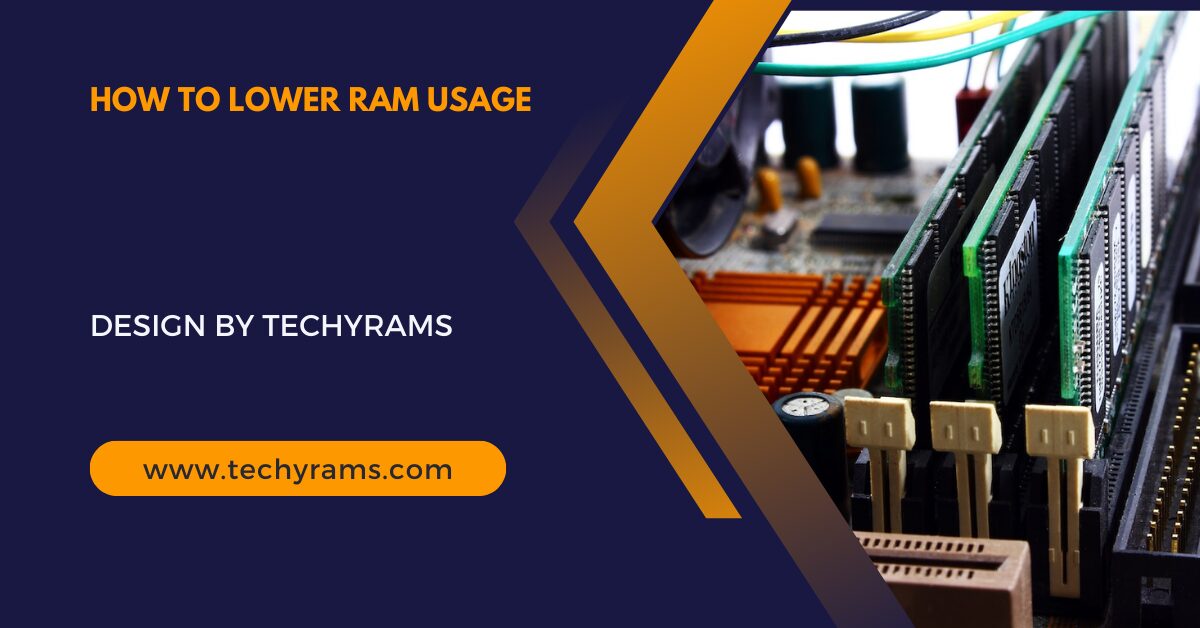


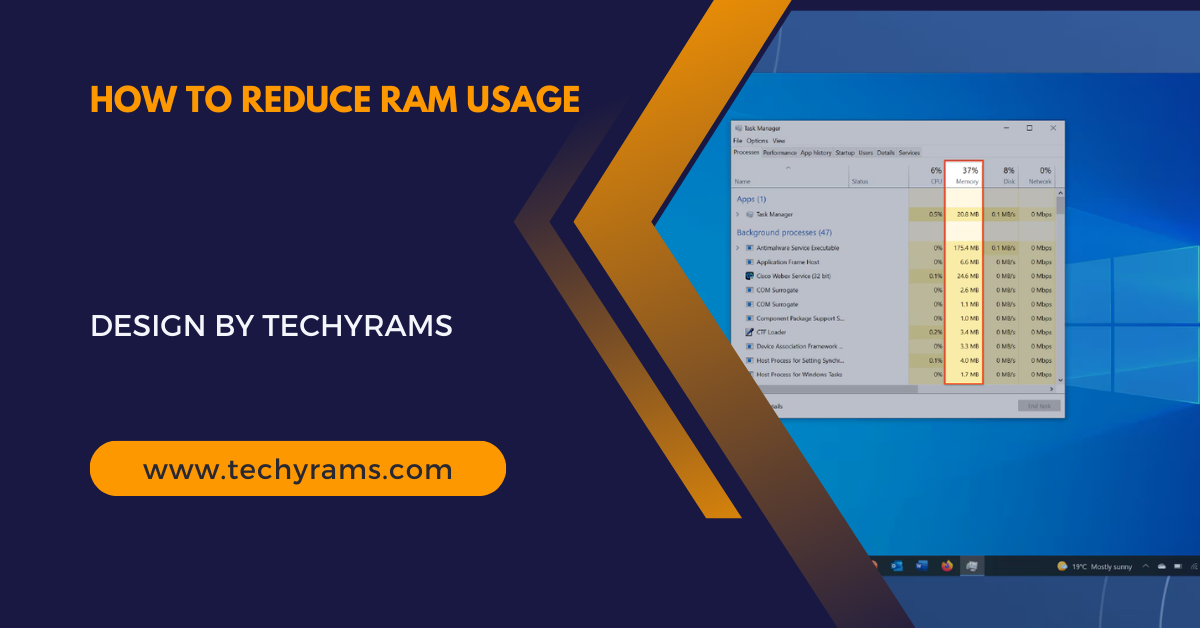



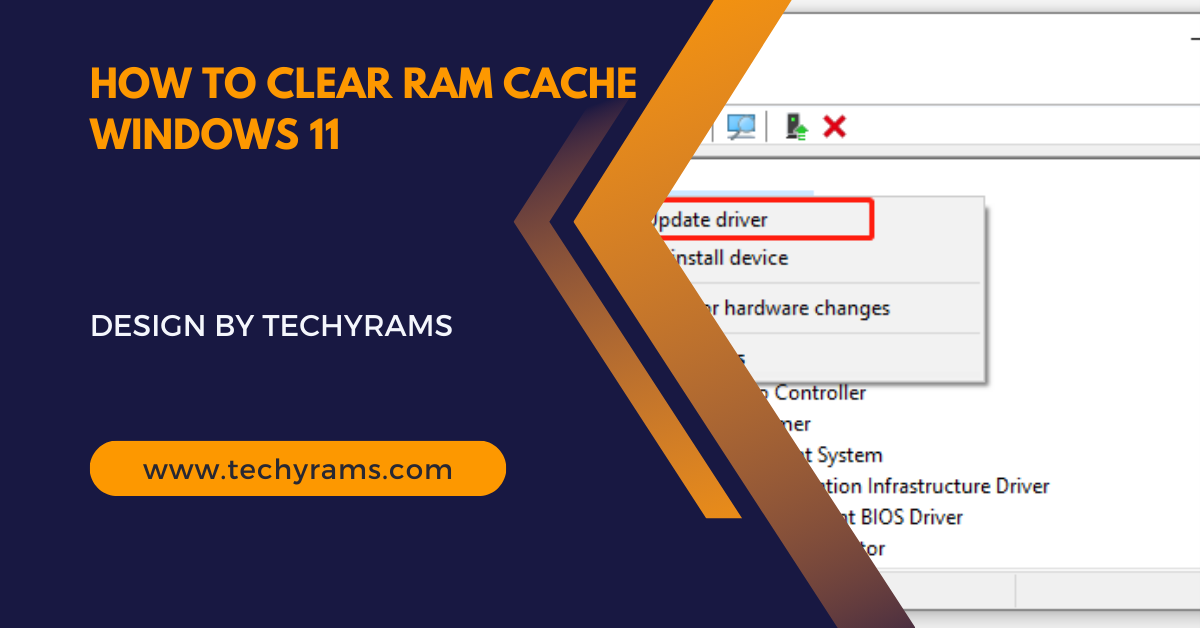
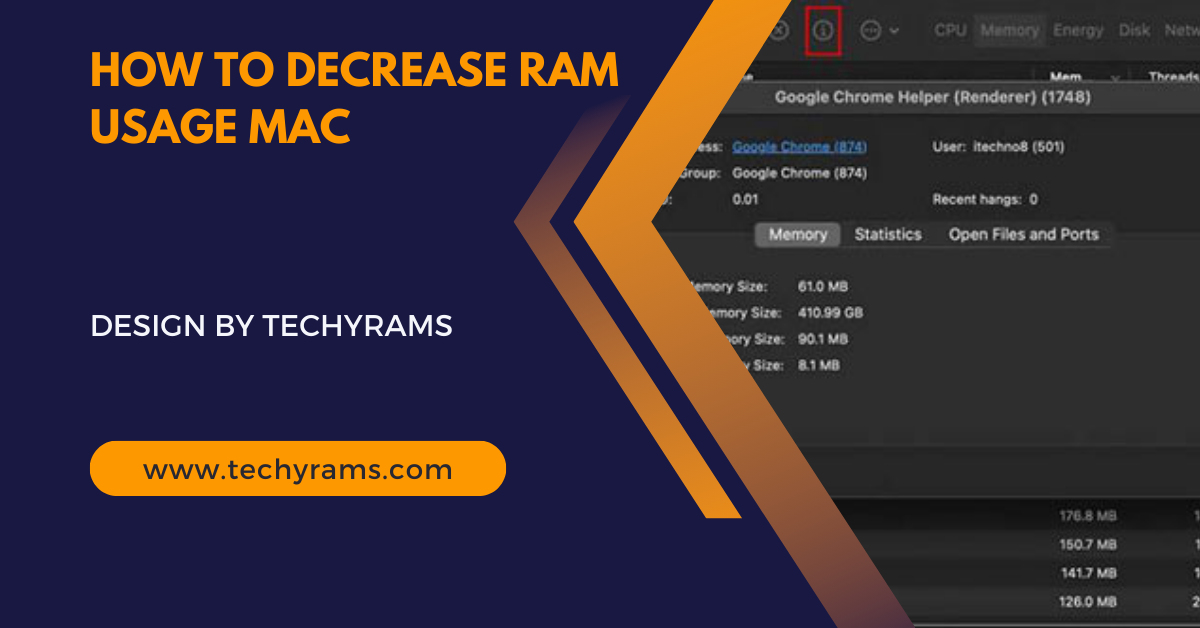
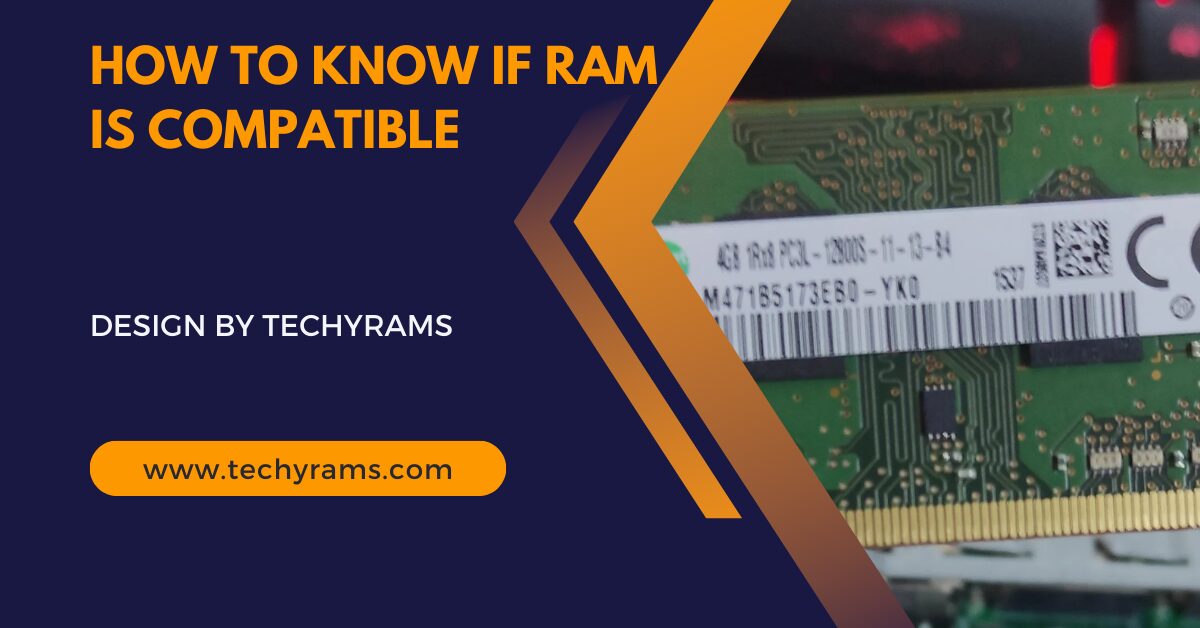














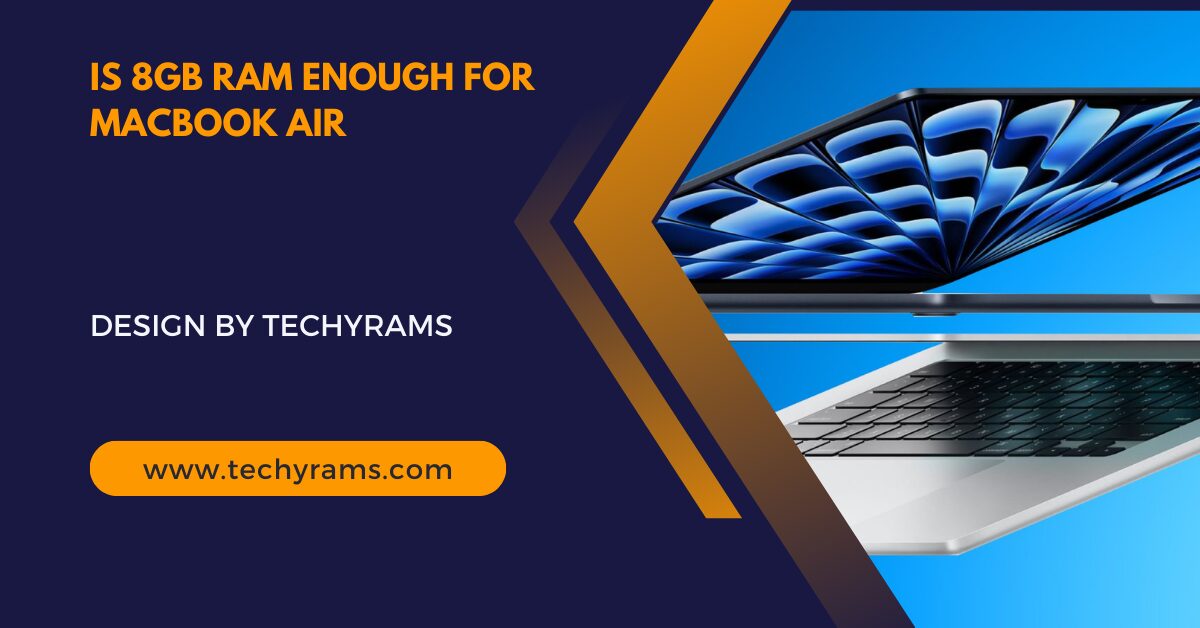


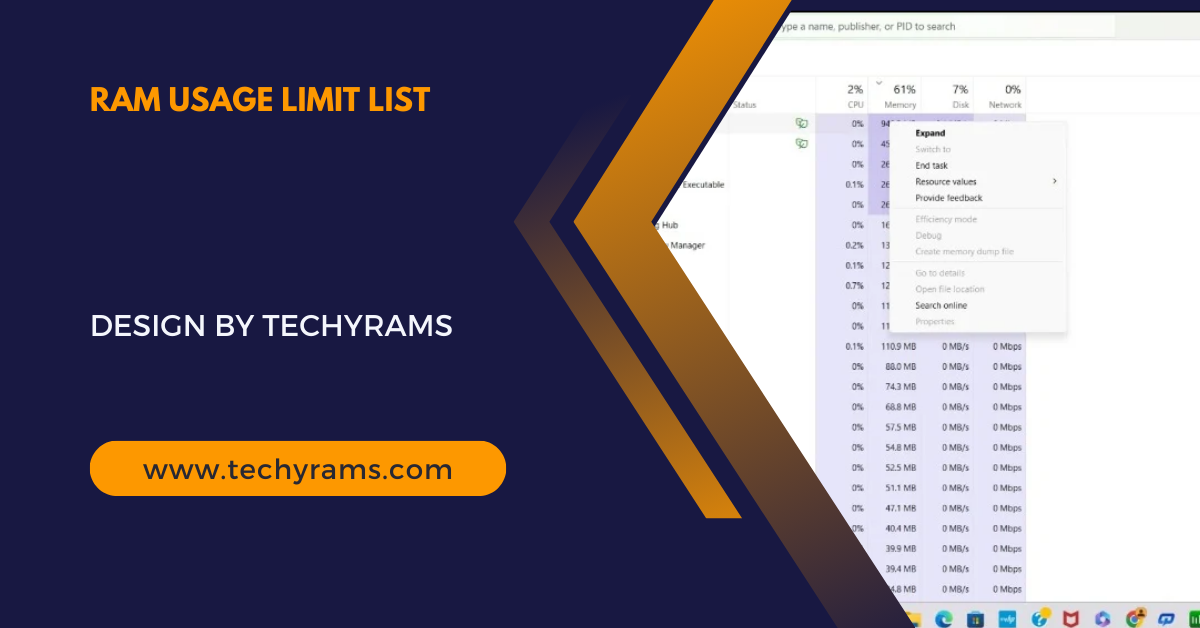





Leave a Reply